- Product
- Solution for
For Your Industry
- Plans & Pricing
- Company
- Resources
For Your Industry
Have you ever dreamt of turning your passions into a thriving business? Or maybe you’ve stumbled upon a unique product that deserves a wider audience? Selling on Amazon can be your gateway to reaching millions of potential customers and building a successful online empire. Here’s the exciting part: you don’t need a fancy storefront or a marketing degree to get started.
With the right approach, even beginners can leverage the power of Amazon’s vast marketplace. So, buckle up and get ready to embark on your Amazon selling journey! We’ll break down the essential steps you need to take, from setting up your account to creating listings that convert and strategies to stay ahead of the competition. Let’s dive in and transform your selling ambitions into reality!
Here are 5 steps to become an Amazon seller:
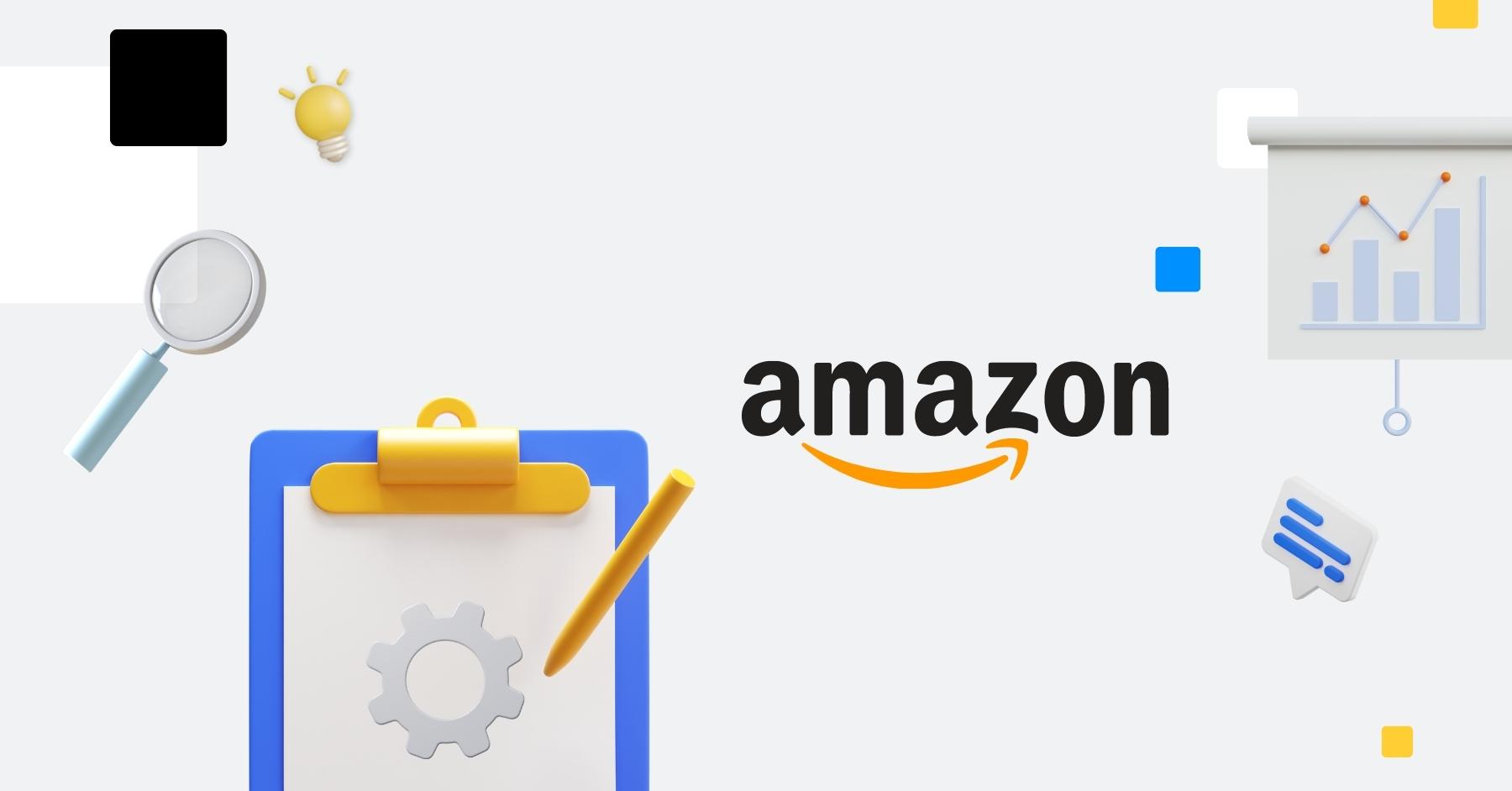
Depending on your products and budget, you can choose one or several business models to start selling on Amazon:
This model, known as retail or online arbitrage, involves buying products at a lower price and selling them on Amazon for a higher price, profiting from the difference.
Let’s say you’re browsing your local Walmart and come across a popular toy that is normally priced at $50, but is currently on clearance for $20. You purchase several units of the toy and list these toys for sale on Amazon, pricing them at $40 each. As customers browse Amazon, they see your listing and are willing to pay the $40 price, as it is still lower than the toy’s regular retail price of $50. When a customer purchases the toy from your Amazon listing, you earn a $20 profit per unit. That is an example of reselling.
Reselling can be a good way to start your Amazon business, as it has a low barrier to entry and requires minimal upfront investment. However, it’s disadvantages include the time-consuming nature of finding deals, potentially slim profit margins, and the need for constant sourcing of new products.
There are two kinds of reselling:
In this model, a retailer partners with a manufacturer to produce products under the retailer’s brand. The retailer then sells them to consumers under their own brand names. You should choose this model if you have a unique product idea and a willingness to invest time and money in brand building.
Of all the business models, this model provides the highest profit margins, as you are the one who controls your pricing. However, it also comes with a larger upfront investment. Some places to find manufacturers in this model are Thomasnet or Alibaba.
Dropshipping is a selling method where sellers outsource order fulfillment without holding inventory. When a customer places an order, the seller purchases the item from a third-party supplier who ships it directly to the customer.
This model is suitable for beginners with limited capital or those who want to test product ideas without holding inventory. Dropshipping requires minimal upfront investment, as there is no need to handle inventory or shipping, making it easy to get started. However, it typically offers lower profit margins, less control over shipping and customer service, and faces high competition.
You can find dropshipping suppliers through dropship supplier directories like Inventory Source and Wholesale Central or, you can can use dropship apps like Spocket or Oberlo. B2B platforms such as Alibaba.com and AliExpress are good place to start, too.
You buy products in bulk from established brands and resell them on Amazon. This model is suitable for sellers who prefer established brands and have a network of wholesale suppliers. This model offers lower risk than private label as you’re selling established products, less upfront investment, easier to get started.
You can use online directories like Thomasnet and Manufacturer.com or established online marketplaces like Alibaba or DHgate to find manufacturers and wholesalers across various industries.
If you love creating unique, handmade items, you can consider selling your handcrafts on Amazon Handmade. This category is generally less competition than in other Amazon categories due to the handmade requirement.
Next, you need to source products to sell on Amazon, ideally those with good profit margins and low competition. There are a few ways you can try to source potential products in this competitive marketplace.
Use Amazon analytical software
You can use tools to analyze products directly on the Amazon page. These tools provide searchable databases equipped with filters that help you identify the best products to sell on Amazon. You can narrow down your search by category, estimated sales volume, competition level, and other relevant criteria.
Amazon Product Opportunity Explorer is a powerful tool that helps sellers on the Amazon marketplace identify new product opportunities and generate ideas for products to sell.

It provides data-driven insights into customer search behavior, demand trends, and existing product offerings across Amazon. It allows you to analyze what customers are searching for and purchasing, revealing potential gaps or unmet market demands.
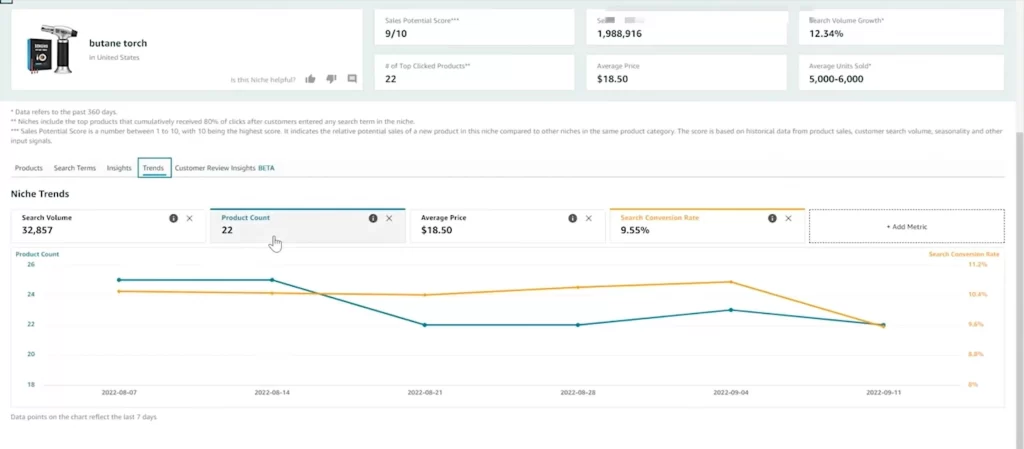
The tool organizes products into “niches” – collections of search terms and products representing specific customer needs. You can browse or search for relevant niches aligned with your business. For each niche, the tool provides key information like top search terms, existing products, search volume, pricing data, and new product launch potential statistics. This data helps evaluate opportunities and competition.

If you have a Professional Selling Plan, you can access this tool through their Amazon Seller Central account. The tool is regularly updated with the latest data to provide current and accurate insights.
Before diving into the world of Amazon selling, competitor analysis is crucial. It’s like stepping into a crowded marketplace – you need to understand who the other vendors are, what they’re selling, and how they’re attracting customers. Here’s how you can use competitor analysis to your advantage:
Become a Master of Amazon Search: Just like you would scout the competition at a flea market, start by searching for your product on Amazon. The top listings are your main rivals. These are the sellers you’ll be vying for customer attention with, so take note of their strategies.
Unleash the Power of Tracking Tools: Tools like Jungle Scout’s Product Tracker are like having a personal Amazon spy. They allow you to easily track and monitor your competitor’s ASINs (unique product identifiers) in one place. This gives you valuable insights into their sales performance and listing changes over time.
Perform a Competitor Listing Audit: Think of your competitor’s product listings as open books. Analyze their strengths and weaknesses – titles, descriptions, images, pricing, and most importantly, reviews. Look for gaps you can exploit to make your own listing stand out. Consider using keyword research tools like Keyword Scout to identify the top keywords your competitors are ranking for. This can help you optimize your own listing for better visibility.
Price Like a Pro: Nobody likes getting ripped off, and neither do Amazon shoppers. Tools like tgndata, can help you track competitor pricing over time. This allows you to price your product competitively while still maintaining healthy profit margins.
Listen to the Voice of the Customer: Customer reviews are a goldmine of information. Read through your competitor’s reviews to understand what customers are loving (and hating) about their products. This can help you identify ways to address any weaknesses or gaps in your own product, giving you a clear advantage.
By incorporating competitor analysis into your Amazon selling strategy, you’ll be well-equipped to navigate the marketplace, differentiate your product, and ultimately, win over customers. Remember, knowledge is power, and in the world of Amazon, knowing your competitors is key to success.
Have you ever dreamt of turning your passions into a thriving business? Or maybe you’ve stumbled upon a unique product that deserves a wider audience? Selling on Amazon can be your gateway to reaching millions of potential customers and building a successful online empire. The exciting part? You don’t need a fancy storefront or a marketing degree to get started. Here’s the secret sauce: Consider products that align with your hobbies or interests. This can make the selling process more enjoyable and increase your chances of success.
Let’s bring this to life with an example. Imagine you’re an avid gardener with a deep passion for growing and caring for houseplants. You’ve accumulated a wealth of knowledge over the years about the best soil mixes, fertilizers, and tools for maintaining healthy indoor plants.
Recognizing this expertise, you decide to start an Amazon business selling premium potting soil and gardening accessories tailored for houseplant enthusiasts. You source high-quality, organic soil mixes from a local supplier at wholesale prices and curate a selection of specialty gardening tools and plant care products.
Here’s where your passion becomes your power. When listing these items on Amazon, you’re able to draw upon your personal experiences to create detailed, informative product descriptions. You can include tips on soil preparation, watering schedules, and common houseplant issues – providing immense value to your target customers. By combining your love for houseplants with the power of Amazon’s marketplace, you’re not just selling products, you’re sharing your passion and helping others cultivate thriving indoor gardens.
This is just one example, but the possibilities are endless. Whether you’re a woodworking enthusiast, a fashionista, or a tech whiz, there’s a niche market waiting to be explored on Amazon. So, tap into your hobbies and interests, and get ready to turn your passion into profit!
Finding the right products is crucial, but it’s just the first chapter in your Amazon success story. To truly build a thriving business empire, you need to cultivate a strategic mindset and embrace the power of process. Here’s how to go from product pioneer to Amazon authority:
Master of Operations: Building a Business Engine
Marketing Marvel: Standing Out from the Crowd
Growth Guru: Expanding Your Horizons
By mastering these business-building principles, you’ll transform your Amazon venture from a fledgling operation to a well-oiled machine. Remember, success on Amazon is a marathon, not a sprint. Embrace continuous learning, adapt to market changes, and prioritize customer satisfaction. With dedication and these key strategies, you’ll be well on your way to building a thriving Amazon business empire!
Amazon charges seller fees to list and sell products. Specifically, there are two pricing plans named Individual and Professional, as follows:
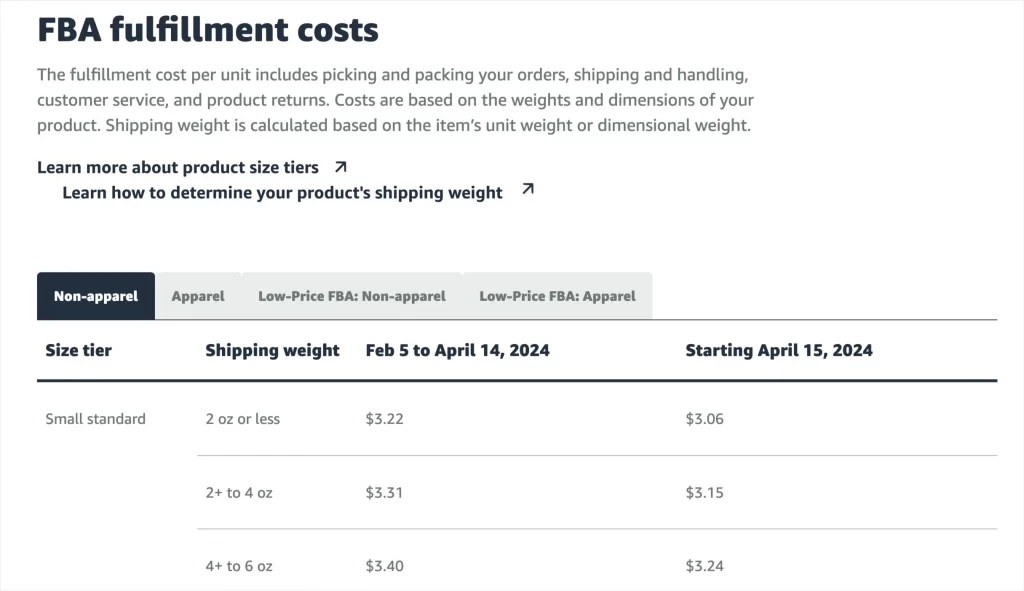
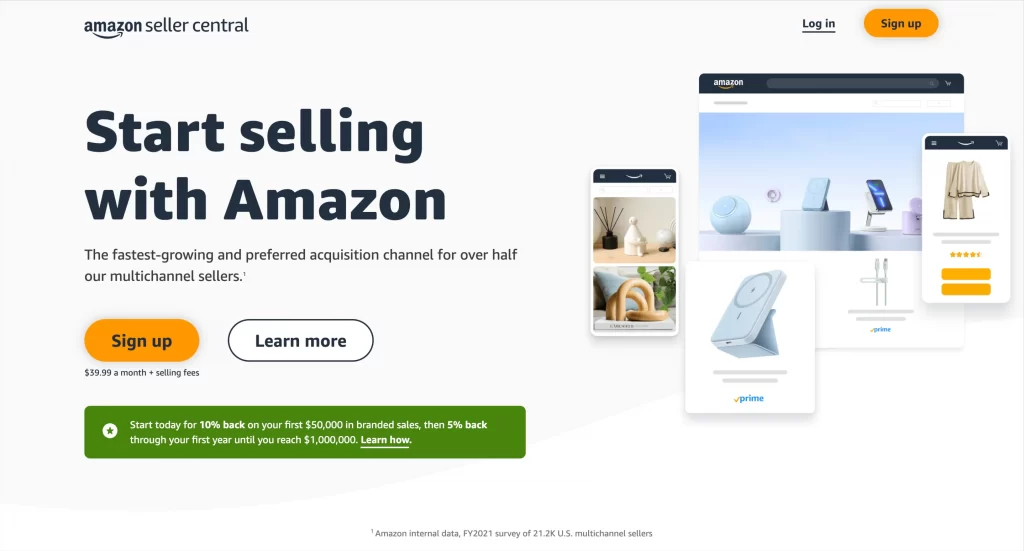
To create an Amazon Seller Account, prepare the following in advance:
After that:
Go to Amazon Seller Central and click Sign up. If you already have a Seller account, log into your account and skip this step.
Fill in the required information following Amazon’s direction.
Notes: According to the rulebook, Amazon generates numerous requirements and restrictions on products, listings, overselling activities, and more to protect its community. Therefore, when you start selling on Amazon, you should check out Amazon seller policies in advance.
1. Product Listing Tools

2. Pricing and Promotions
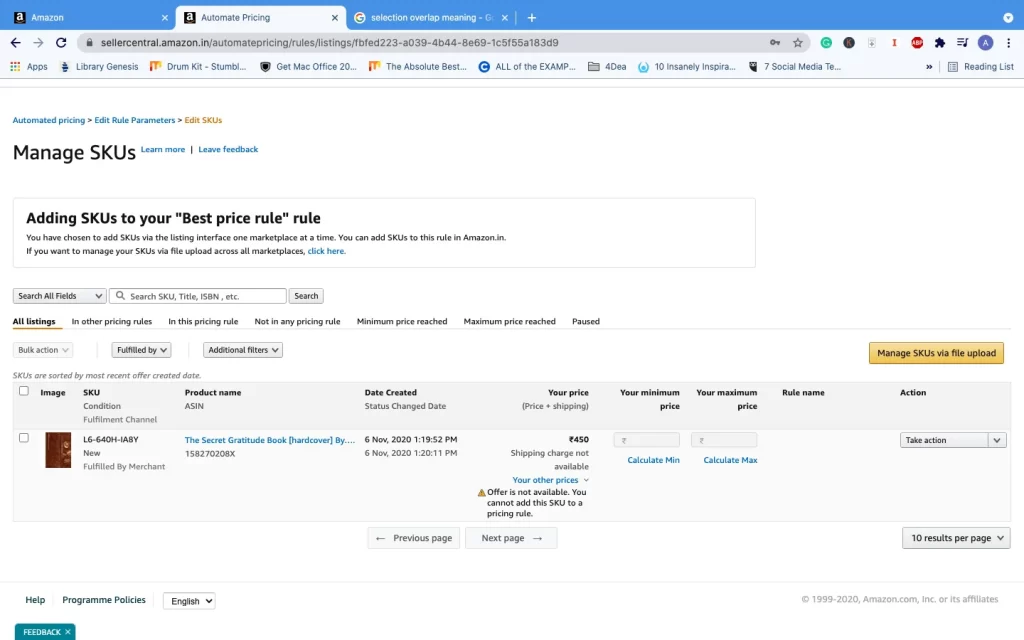
3. Order Management
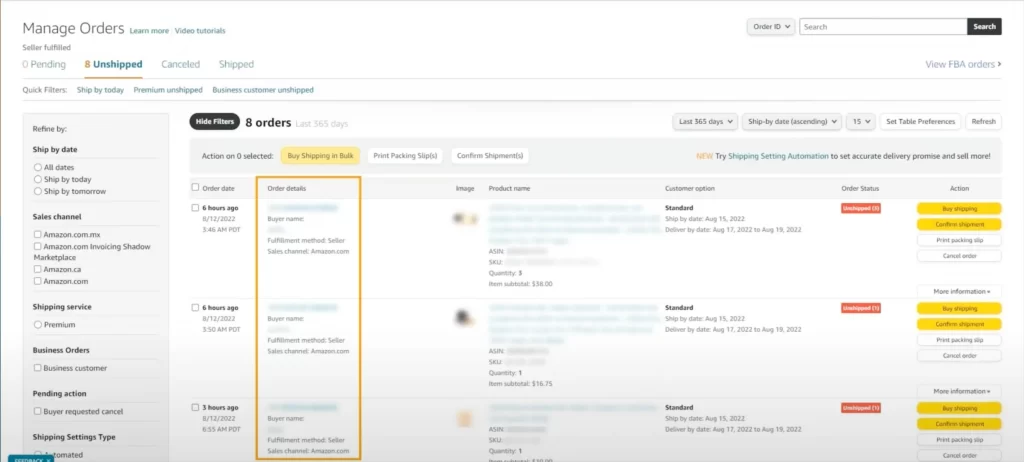
4. Advertising and Marketing

5. Performance Metrics

6. Customer Engagement

A product page is where customers view every detail of your Amazon product. Customers can find all the needed information about a particular item on this page.
Accordingly, to bring the best shopping experience while learning how to sell products on Amazon, you should focus on accuracy, relevance, and listing optimization. Speaking of which, here might be some useful points about an Amazon product detail page:
Being an Amazon seller means creating a product listing and optimizing it afterward. For the time being, let’s focus on how to list products on Amazon. Without further ado, here comes our Amazon listing tutorial for newbies.
Just like your registration process, you must prepare some information before listing items on Amazon. The required information includes a product ID. Remember that every product you sell on Amazon must have a GTIN (Global Trade Item Number). Your product’s GTIN can be a UPC, an EAN, or an ISBN (for books).
Please note that
Besides a product ID, you should get the following details in hand as you learn how to sell on Amazon:
To list products on Amazon step by step, follow these steps:

More about Amazon product detail page
A product page is where customers view every detail of your Amazon product. Customers can find all the needed information about a particular item on this page.
Accordingly, to bring the best shopping experience while learning how to sell products on Amazon, you should focus on accuracy, relevance, and listing optimization. Speaking of which, here might be some useful points about an Amazon product detail page:
Title: No more than 200 characters and capitalized letter of every word.
Images: 500×500 or 1,000×1,000 pixels to increase listing quality.
Variations: Such as different colors, scents, or sizes.
Bullet points: Short, descriptive sentences highlighting key features and benefits.
Featured offer (“Buy Box”): The featured offer is on a detail page. Customers can add to their cart or “Buy Now”.
Other offers: The same product sold by multiple sellers offering a different price, shipping options, etc.
Description: Keywords help people find your listing while you sell on Amazon.
In addition to your product details, you will need to learn how to create an Amazon storefront, which will help enhance your brand recognition on Amazon.
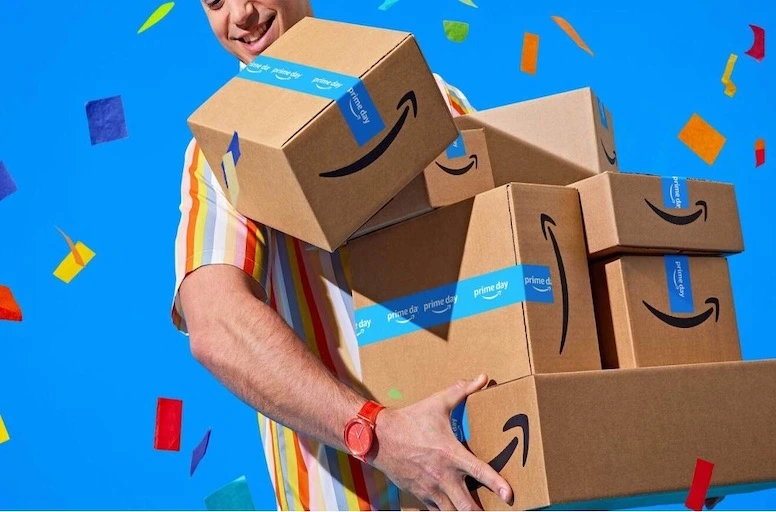
Our guide to selling stuff on Amazon cannot be complete without instructions for setting up fulfillment. Simply put, setting up fulfillment refers to how you will fulfill and ship products to the end-users, and all maneuverings are made through Amazon Seller Central.
Here is how you set up your order fulfillment and start selling on Amazon step by step:
As you become a seller on Amazon, you’ll get to choose between FBA (Fulfillment by Amazon) and FBM (Fulfillment by Merchant). When it comes to FBA and FBM, here comes their most significant difference.
Fulfillment by Amazon (FBA) is a service offered by Amazon that allows third-party sellers to outsource their order fulfillment operations to Amazon.
To use this service, you need to send your products to Amazon’s fulfillment centers. Amazon then stores your products, picks, packs, ships, and provides customer service for those products. You will pay Amazon FBA fees for this service.
Benefits of this service include access to Amazon’s logistics network and fast shipping options like Prime. And you can focus on other aspects of their business, especially marketing and sales.
The mechanism of FBA is simple, and here is how it goes:
Learning how to start an Amazon FBA business can be useful for sellers in general. The case will be the most relevant if you are looking for guides on how to sell on Amazon without inventory.
In this fulfillment option, you are responsible for all logistics and fulfillment tasks. Since you handle shipping, you won’t have to pay Amazon FBA fees, only the referral fee on each sale. This option gives you more control over shipping and the customer experience, along with the ability to fulfill products restricted from FBA, such as heavy, oversized, or regulated items.
For newbies learning how to sell on Amazon, I highly recommend choosing FBA to reduce your initial workload. Besides, FBA can be useful if you are looking for cost efficiency. This is even more applicable when your business on Amazon is more of a hobby shop, or most of your item sizes are determined by Amazon to be compact.
Besides our guide to selling on Amazon, we have also provided you with relevant information about Amazon Seller Central, FBA, and Amazon Seller standards through 5 stages. Make sure you follow these steps and always update with the house rules. Happy selling!
Everyone knows that starting a successful Amazon store is challenging. Here are 9 effective tips to help you compete and thrive as an Amazon seller.
One of the best tips for selling on Amazon is listing optimization. Regarding this matter, here is how to optimize your listing title:
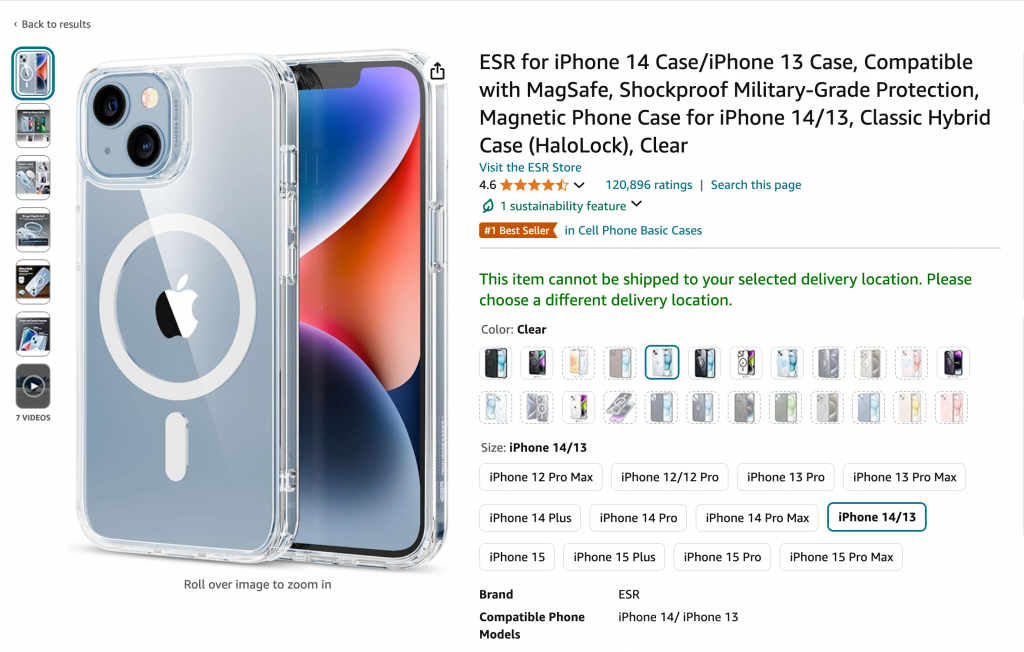
Next, you need to optimize your listing image:

Customer reviews can make or break your business. In fact, they are one of the keys to successfully selling something on Amazon because potential shoppers will always look for reviews! Accordingly, you must ensure you get the best products to shoppers first.
Then, it would help if you gathered as much positive feedback as possible. But how? One of the most effective ways to get customer reviews on Amazon is to ask for them. After a customer has received their purchase, follow up with an email thanking them for their purchase and kindly asking them to leave a review. Make it easy for them by including a direct link to the product review page.
Beyond that, some tips you can use from our guide on how to sell on Amazon to get reviews effectively are:
Last but not least, be aware of Amazon’s policies regarding incentivized reviews and make sure to follow them to avoid any penalties.
For the record, Amazon maintains a high standard to provide sellers with a seamless and enjoyable eCommerce experience. Not to mention, the marketplace is highly customer-oriented.
On these grounds, learning how to sell things on Amazon also means you’re well aware of Amazon seller KPIs and rules. Now, let’s take a glance at 3 critical KPIs as you become an Amazon seller!
Customer service performance
When you sell stuff on Amazon, your customer service performance is measured based on your Order Defect Rate (ODR). According to the house rule, ODR is the percentage of your orders getting one or more indicators of poor customer service.
Such indicators can be negative feedback from your shoppers or their requests for credit card chargeback. To avoid poor customer service performance, any seller on Amazon is recommended to keep their ODR under 1%.
Account health rating
Learning how to sell on Amazon and make money from it means you’d better keep a healthy account rating. As you start selling with Amazon, you’ll get an overview of their compliance with key policies and restrictions in all aspects.
In this stage, Amazon expects sellers, including you, to maintain a “Good” account rating and address any rule violations listed on your Account Health Dashboard. Otherwise, if your Amazon account is rated as At Risk or Critical, it may be deactivated as soon as Amazon detects any violations.
Shipping performance
The 3rd metric – Shipping performance comes into the scene if you sell stuff on Amazon using FBM (Fulfillment by Merchants).
Why not leverage the power of sellers by providing useful tools when you learn how to sell on Amazon? Don’t skip any chance that helps you level up your store! Some highlights of Amazon seller tools you may want to know:
As mentioned above, we highly recommend you leverage the Fulfillment by Amazon method, and here are several reasons behind it:

It is evident that advertisement holds great power for any online business, including yours on Amazon. When selling on Amazon, you can access 4 types of ad solutions, which are:
For individual sellers or small businesses who start selling on Amazon, Sponsored Products advertising is quite ideal.
As you figure out how to sell on Amazon and promote your products, pay attention to some ad mistakes below:
Winning the Amazon Buy Box can answer your question about how to make money on Amazon. In summary, to achieve this box, you should put effort into:
Any more ideas or practices you’ve tried to win the Buy Box? We’d love to hear from you!
You are figuring out how to sell on Amazon, and the house has offered you every learning source to get started. Ever wonder what they are? If yes, take a look at all the resources you can access for free when selling with Amazon here!
Yes, it is profitable to sell on Amazon.
The rationale behind this is that Amazon has a massive customer base of over 310 million. Not to mention, Amazon’s monthly visits have reached up to 2.6 billion. Surely, these figures indicate huge selling opportunities on Amazon.
Alongside, you might consider learning how to sell on Amazon because of its robust selling tools and product diversity that help enhance your store’s capabilities in the marketplace.
Here are 5 simple steps of how to sell on Amazon:
On the first hand, you have to pay for a seller plan (Individual or Professional), which ranges from $0.99 per unit sold to $39.99 monthly. Besides, you might be subject to paying for category referral commissions, FBA charges, and advertising.
You still need some initial investment to start Amazon FBA. However, minimizing the costs to start an Amazon FBA business is 100% possible. Consider selling products with low market entries, optimizing your packaging, and leveraging free Amazon selling tools along the way.
You can sell almost anything from new to used on Amazon. However, Amazon still has strict rules on what you cannot sell. Please consult more about Amazon restricted product policies.
On the other hand, some of the best selling items on Amazon include apparel, toys and games, baby supplies, pet supplies, bedding items, and household appliances.
As an Amazon seller, you do not have to pay extra for shipping. Additionally, the cost to ship your orders depends on whether you fulfill your own orders or use Fulfillment by Amazon (FBA). In general, shipping fees are based on the weights and dimensions of your product. To cover this, you can charge buyers, but make sure you inform them clearly.
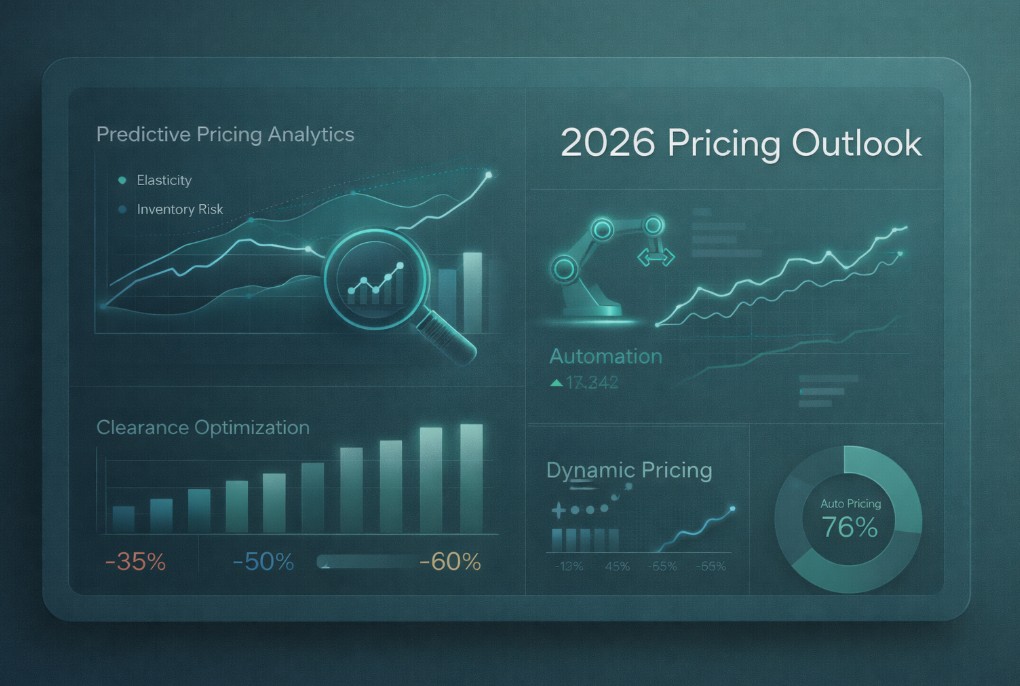

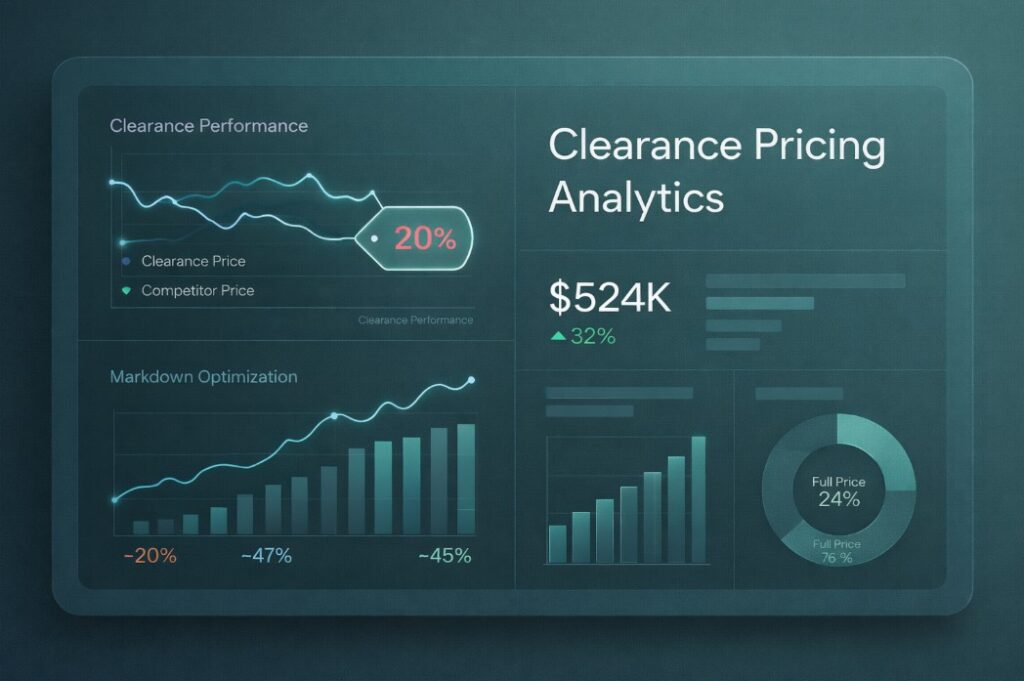
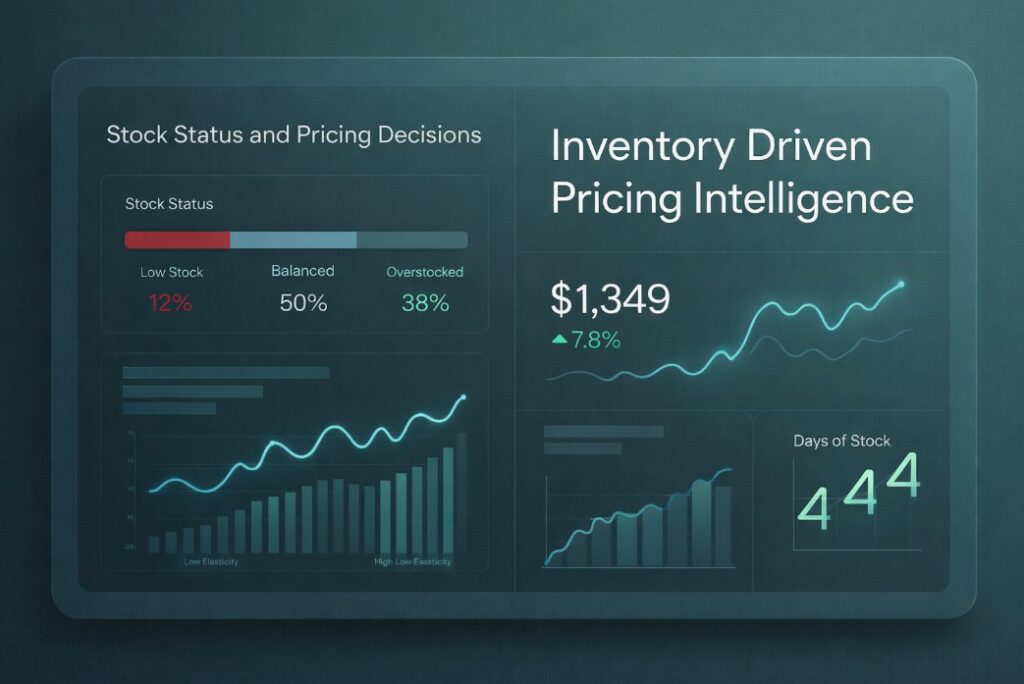
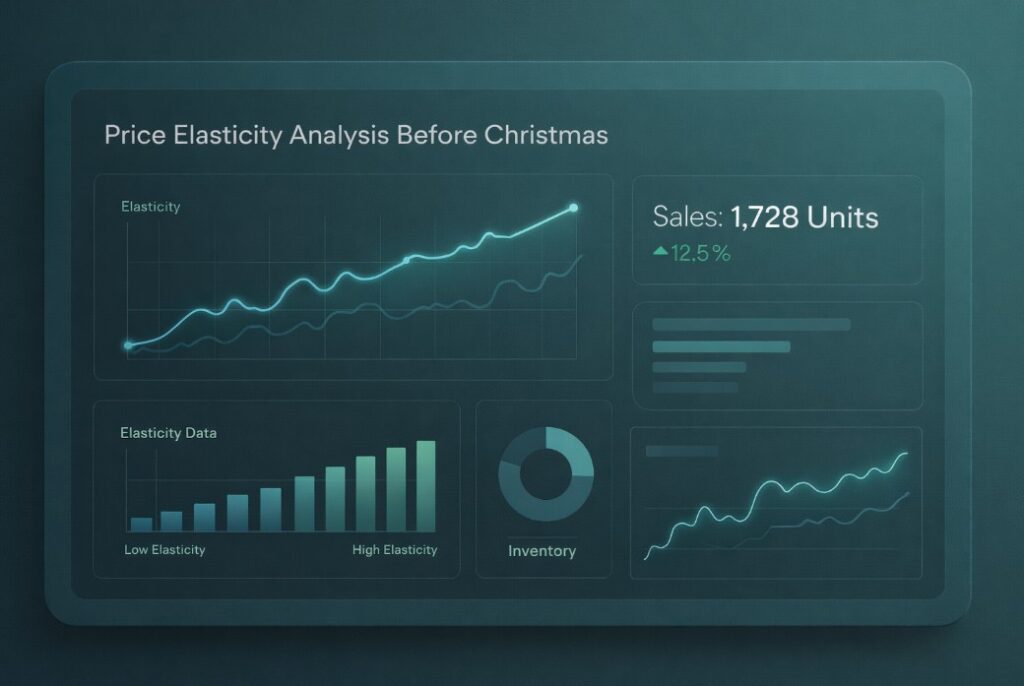
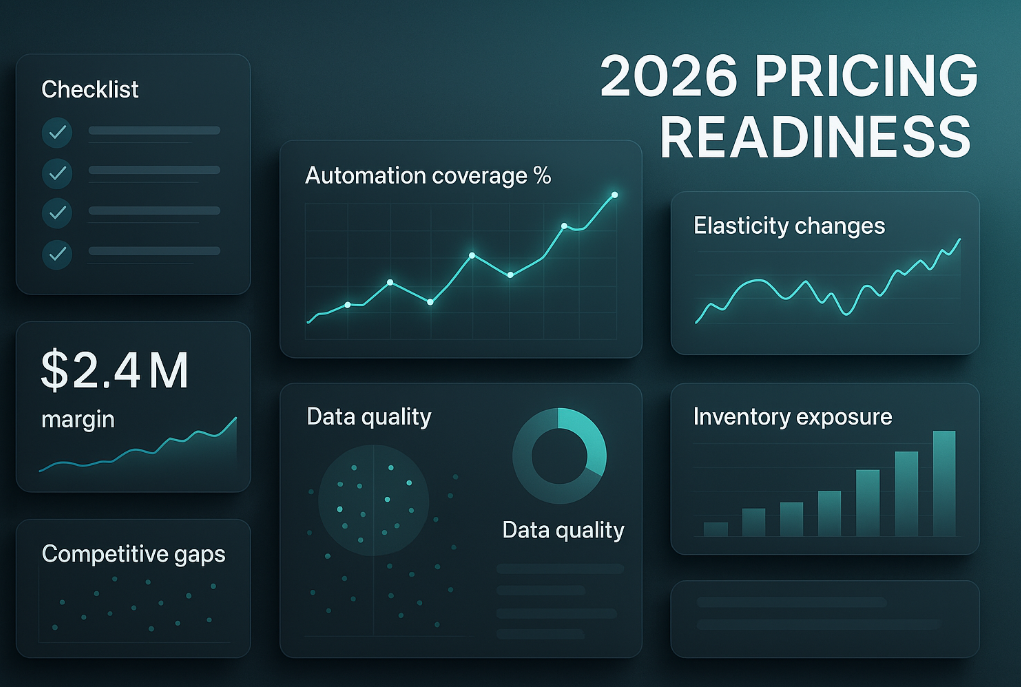
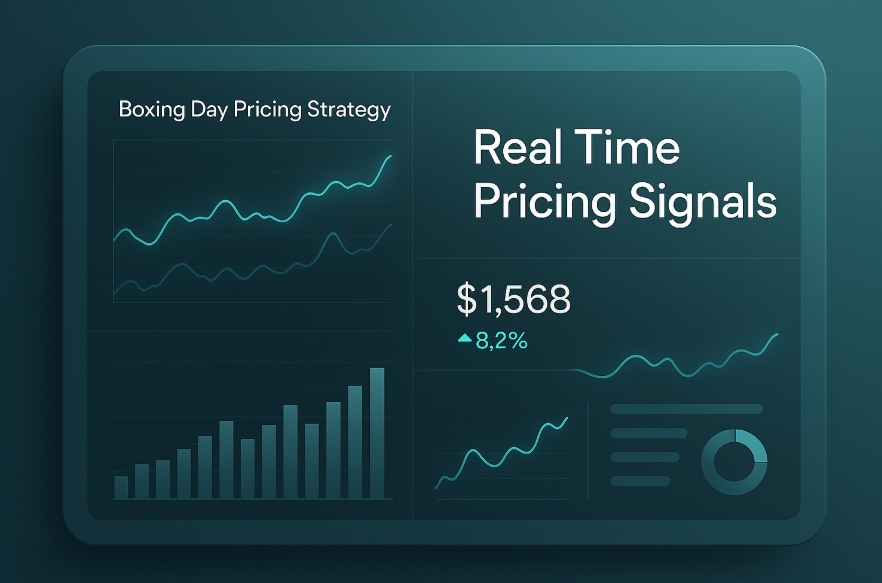






Missing an important marketplace?
Send us your request to add it!